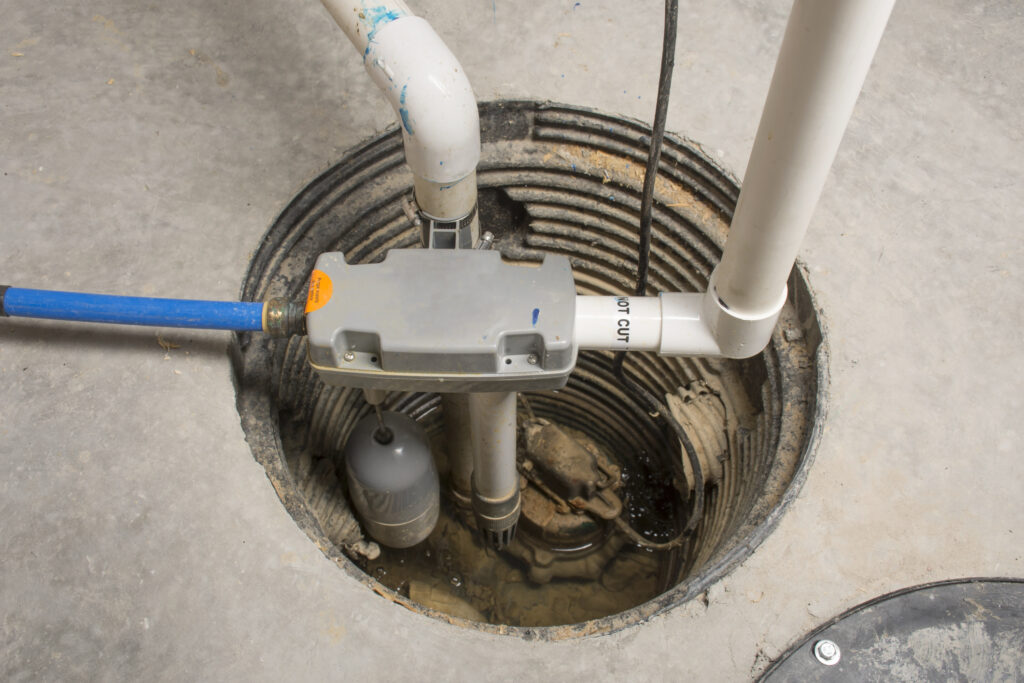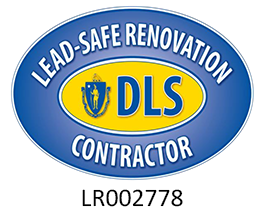Your sump pump has a very important job – to keep your basement dry by moving water away from the house. If it stops functioning correctly, you could end up with a flooded basement, damaged or ruined belongings, and a costly clean-up.
Follow these 6 sump pump maintenance tips to ensure your unit is ready and working properly to move water away from your basement when you need it most.
- 1. Test the sump pump. Test the pump twice a year before in early spring and early fall, or anytime heavy rain is expected to make sure it will be functioning effectively when you need it. To test your pump, pour a bucket of water slowly into the sump pump – if it doesn’t turn on once the water level reaches a predetermined level or if it does not properly discharge the water, then the pump may be broken or clogged. Call a licensed plumber for help.

- 2. Clean the sump pump basin. First, unplug the unit from the power supply then remove the pump’s lid if it has one. Use a flashlight to check inside for any loose dirt, sand, gravel, or other debris and clear it out.
- 3. Check for worn parts. Like any major home system, a sump pump’s moving parts can wear out over time. Check the float switch and the inlet screen for damage or corrosion. Worn parts can prevent the pump from operating in the event of heavy rainfall.
- 4. Inspect the water discharge area. Ensure water is being directed at least 20 feet away from your house and confirm that the water is flowing freely and not clogging along the line.
- 5. Install a battery backup. A battery backup ensures your sump pump doesn’t fail, even in the event of a power outage. Already have a battery backup installed? Test the battery regularly by unplugging the pump.
Signs Your Pump May Need Repair or Replacement
Your sump pump will exhibit some distinct characteristics if it needs attention, including the following:
Water. The most telltale sign your sump pump needs repair or replacement is the presence of water in your basement.
Odor. If you notice a rotten, moldy smell coming from your basement, your sump pump may not be removing water adequately.
Rust. Some older sump pumps were not made with rust-resistant materials. If the rust can’t be scrubbed away, the pump will likely need to be replaced to prevent system failure.
Noises. While some noise is to be expected as a pump turns on and starts pumping our water, humming, clanging, or banging, indicates a problem.
Age. The average lifespan of a sump pump is between 7 and 10 years. However, a pump that runs frequently or one that does not receive proper maintenance may have to be replaced after as little as 5 years.
If your sump pump isn’t effectively moving water out of your basement, or you notice any of the above signs, contact Pann Home Services & Remodeling. Our team of experienced sump pump professionals is ready to handle all your sump pump needs, including installation, maintenance, repair, and replacement.









